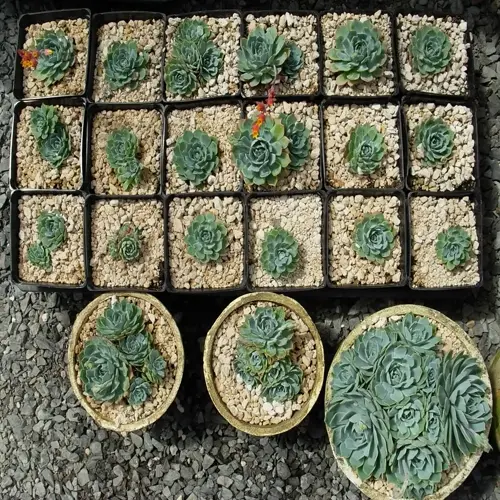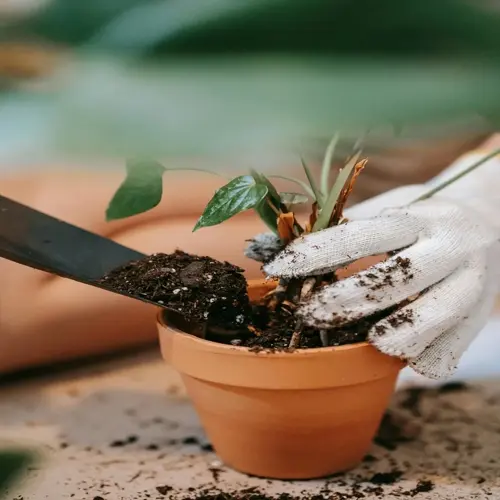How frequently must tools be sanitized during pruning?

Written by
Michael Sullivan
Reviewed by
Prof. Martin Thorne, Ph.D.Sanitizing tools is a crucial step in preventing the spread of serious diseases during rose pruning, which can be devastating to the plant. You should disinfect after every rose pruning plant that has a disease without exception. Clean between every rose when transitioning from rose to rose. A 70% isopropyl alcohol or a 1:9 bleach solution, is the best for sanitizing your tools. This will halt the transmission of black spot and powdery mildew from one rose to the next rose after the disease was present.
Required Frequency
- After diseased plants: Immediate disinfection mandatory
- Between healthy plants: Essential when moving between roses
- Mid-session: Every 30 minutes during extended pruning
- Before storage: Final disinfection after completing work
Effective Solutions
- 70% isopropyl alcohol: Quick-drying, non-corrosive
- 1:9 bleach solution: 1 part bleach to 9 parts water
- Disposable wipes: Convenient for field sanitation
- Lysol spray: Alternative for metal surfaces
Preventing infection requires rigorous cleaning protocols. Black spot is transferred via invisible spores on dirty pruner blades. Powdery mildew can easily be passed on between plants. I often carry more than one pair of pruners so that I can rotate them during a large job. This can aid in reducing contamination, and it keeps the knowledge or job moving.
Correct application of techniques will ensure total decontamination. Fully immerse tools for the specified contact time. Scrub joints and crevices with a stiff scrub brush. Rinse bleach solutions properly to prevent corrosion, and dry tools completely before storing. I apply compressed air to find hard-to-reach areas.
Effectiveness of the solution depends on the situation. Alcohol is fast-acting but only lasts a minute. Bleach offers deeper penetration but will corrode metal. I generally prefer alcohol wipes for daily use. When there are disease outbreaks, however, I use bleach soaks. Always wear gloves when working with strong disinfecting solutions.
Sharp blades make sanitation easier. When you cut plants with sharp tools, you make a cleaner cut, which will heal faster. Dull blades can cause tissue damage, potentially leading to infection. I sharpen between each sanitation session. Together, sharp knives and clean blades provide full plant protection.
Read the full article: How to Prune Roses for Vibrant Blooms

